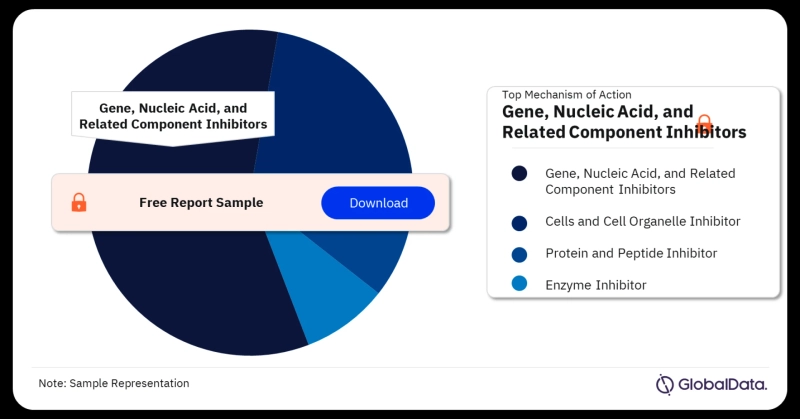The fiscal regime in India's mining industry comprises various components and structures aimed at regulating and governing mining activities, ensuring revenue generation for the government, and promoting sustainable development of mineral resources.
Buy the Full Report for Additional Insights on the Mining Laws in India Mining Industry,
Here's an overview of the key components and structures of India's mining industry fiscal regime:
Legislative Framework:
The Mines and Minerals (Development and Regulation) Act, 1957 (MMDR Act) is the primary legislation governing the mining sector in India. It provides the legal framework for the regulation of mineral exploration, development, and production. The Act empowers both the central and state governments to grant mineral concessions, regulate mining operations, and collect revenues from mining activities.Mineral Concessions:
Under the MMDR Act, mineral concessions are granted to individuals, companies, or consortia for exploration and mining of specified minerals. Concessions include prospecting licenses, mining leases, and composite licenses, which authorize holders to conduct exploration or mining activities within designated areas for a specified period.Royalty Regime:
The fiscal regime includes provisions for the payment of royalty by mining leaseholders to the government for the extraction of minerals. Royalty rates are prescribed by the state governments and vary depending on the type of mineral, the location of the mining operation, and other factors. Royalty payments constitute a significant source of revenue for state governments.Dead Rent and Fees:
In addition to royalty payments, mining leaseholders are required to pay dead rent and other fees to the government. Dead rent is a fixed annual payment made by leaseholders to retain mining leases, regardless of mineral production. Leaseholders may also be required to pay surface rent, reconnaissance permit fees, and other statutory charges.Corporate Income Tax:
Mining companies in India are subject to corporate income tax on profits earned from mining operations. The corporate income tax rate applicable to mining companies is determined by the Income Tax Act of India. Companies may also be eligible for tax incentives, deductions, or exemptions available under the Income Tax Act or other relevant tax laws.Dividend Distribution Tax (DDT):
Dividend distribution tax is levied on dividends distributed by mining companies to their shareholders. The tax rate applicable to dividend distribution is specified under the Income Tax Act. However, recent reforms have abolished DDT, and dividends are now taxable in the hands of shareholders.Goods and Services Tax (GST):
The Goods and Services Tax (GST) is a comprehensive indirect tax levied on the supply of goods and services in India. Mining companies are required to pay GST on various inputs, equipment, and services procured for mining operations. GST rates may vary depending on the nature of goods and services.Environmental and Regulatory Compliance Costs:
Mining companies are required to comply with environmental regulations, obtain environmental clearances, and implement environmental management plans for mining projects. Compliance costs associated with environmental protection, reclamation, and rehabilitation measures are part of the fiscal regime and may impact the overall cost of mining operations.Contractual Agreements and Revenue Sharing:
In certain cases, mining projects may be developed under contractual agreements between mining companies and government agencies. Revenue sharing arrangements, production sharing contracts, or joint venture agreements may be established to distribute revenues from mining activities between the government and private sector stakeholders.Revenue Collection and Administration:
Revenue collection and administration functions are managed by state governments and central government agencies responsible for mining and mineral resources. These entities oversee the assessment, collection, and auditing of mining-related revenues, ensuring compliance with statutory requirements and transparency in revenue management.In summary, the fiscal regime in India's mining industry encompasses a complex framework of laws, regulations, taxes, fees, and contractual arrangements governing mineral concessions, revenue collection, and compliance obligations. Understanding the key components and structures of the fiscal regime is essential for stakeholders involved in the exploration, development, and operation of mining projects in India.


